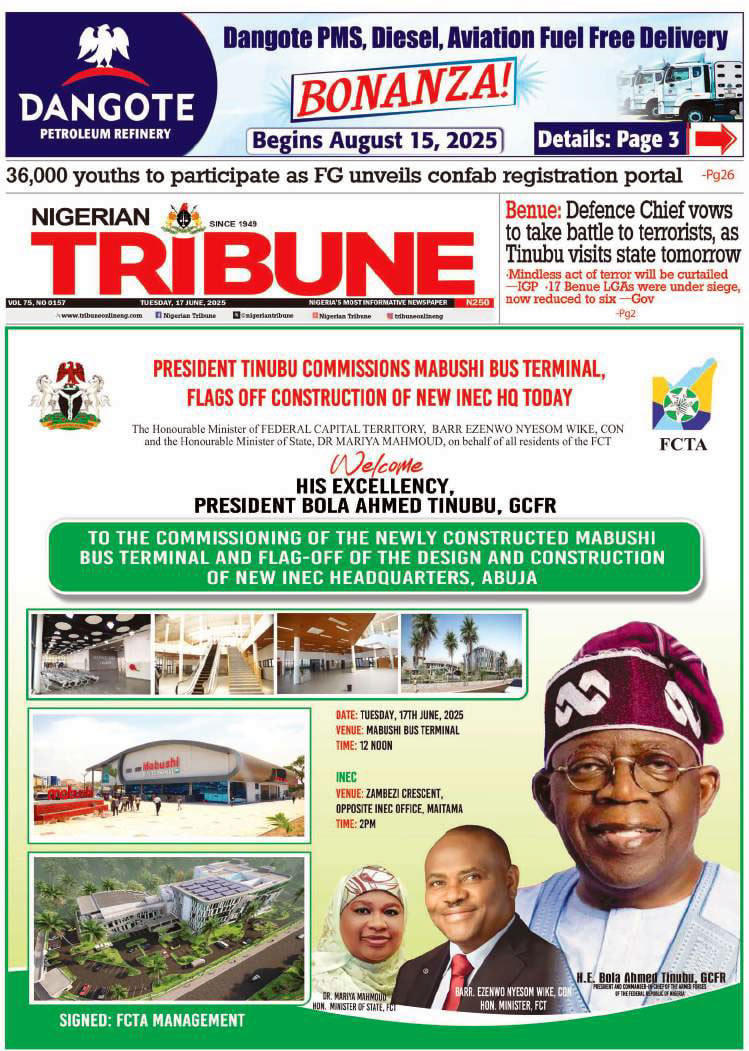Step 1: Tell a story that connects past and future
Uber clearly needs a strategic shift; the company loses money on every ride and survives only because its backers continue to subsidize a hemorrhaging business model. But entrepreneurs’ successful change is determined more by the stories they tell investors and customers than by the content of their strategy.
In a study of two robo-advisor startups that made similar pivots, Harvard Business School researchers found that the main reason one succeeded where the other failed was in the compelling narrative the founders created about why they were changing course.
A successful business story connects the past to the future, and creates an opening for those who value the old way of doing things, to change their behavior without feeling that they are selling out. This is especially important for Uber, whose former CEO, Travis Kalanick, was outrageously competitive, and left an imprint on every part of the company. An insider explained that Uber values like fierceness and super-pumpedness express “pretty much a do-whatever-it-takes attitude to move the company in the right direction.”
But there was a problem here: This attitude, manifested in words and actions inside and outside the company, and at all levels, led to big trouble, even though it was a source of pride for many Uberites. Khosrowshahi’s task now is to start telling a story that acknowledges the good parts of the old Uber, such as the energy and enthusiasm Kalanick generated, while explaining the need to get rid of the bad parts.
This kind of turnaround story lies at the core of any successful change and provides direction for day-to-day decisions for everyone in a company, from the board all the way to the fron -line.
Step 2: Find where future has already arrived.
According to a famous quote attributed to the visionary novelist William Gibson: “The future is already here — it’s just not very evenly distributed.”
That’s certainly true in organizations: To the extent that some units or groups work in new or different ways from others, they are the “future,” the harbinger of an evolving market, consumer preferences, a distinctive outlook and other things to come. Big change stands the best chance of succeeding when it comes from these pockets of innovation that already exist in an organization, rather than being imposed from the outside.
Otherwise, too much “newness” may result in culture shock and produce an overwhelming desire to bring back the past. When one of our own clients, a global manufacturing business, sought to create a cultural change of its own, it found “the future” in a production site whose engineers were especially flexible and open to new ways of working.
In fact, that was the very mind-set that the leaders wanted to develop across the company. We advised this company to use that home-grown innovation center as a case study for behaviors and success stories that could be spread to other units.
In the same way, Khosrowshahi should look within Uber for the places where the future has already arrived, in the form of units or teams that welcome diversity, ethical behavior and continuous improvement. These positive internal role models — think of them as “positive deviants” — will be needed to model change and prevent backsliding.
Khosrowshahi will need to rely on those role models’ power to bring tits foot-draggers along. And, you can be sure there are plenty of those, since 1,000 Uber employees expressed strong support for Kalanick in an open letter not long before he was fired.
The point is that there are always deviations from normal practices or levels of performance, and sometimes those deviations reveal the “future” in that they represent a new, positive way of working.
At Genentech, for example, it was discovered that two salespeople were consistently outperforming dozens of colleagues. At first, management assumed the outliers were cheating. But a closer look revealed they were doing more than simply selling a product; they were helping doctors learn how to administer the drug they were selling. This difference explained the superior results. Bottom line: You will find the future somewhere in your organization if you look for it.
Step 3: Live the future.
An authentic vision for the future must be more than words. It requires that CEOs become the vision they espouse. One of our clients told us that, when he rose to the top spot at a major financial services firm, he became a “symbol.” And this was not necessarily good: Everyone was scrutinising his behavior to determine just how to interpret the firm’s new strategy and values.
This puts an enormous amount of pressure on leaders. Consider Jim Yong Kim’s shock when he got advice from none other than Ford’s Alan Mulally on how to be an effective leader of the World Bank. Mulally’s simple suggestion? Smile more. Kim realized that people took something as personal as his facial expression to be a sign of the mood for the whole organization. High pressure, to be sure, but with this pressure comes the power to help a business change course through simple words and actions.
In late August, Khosrowshahi seemed to show he was ready for this part of the job: He had a selfie taken of himself at his first company staff meeting, wearing an Uber t-shirt. It was a small gesture, but it was one that sent the right message.
Change a company’s direction in three simple steps? Okay, honestly, Khosrowshahi will be stretched to his limit, as anybody would in his situation. Guess who was standing right next to him in that selfie? That’s right — the old CEO, Kalanick himself, smiling as though he were still in charge. Time will reveal the meaning of this image. Will Khosrowshahi succeed in pivoting to the future, or is the past not really past? Time will tell.






